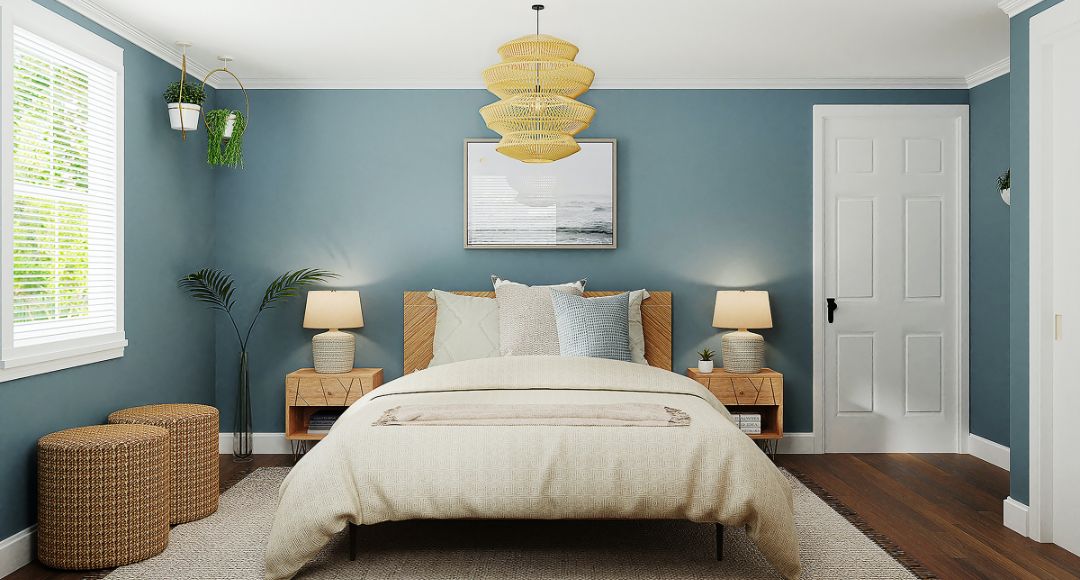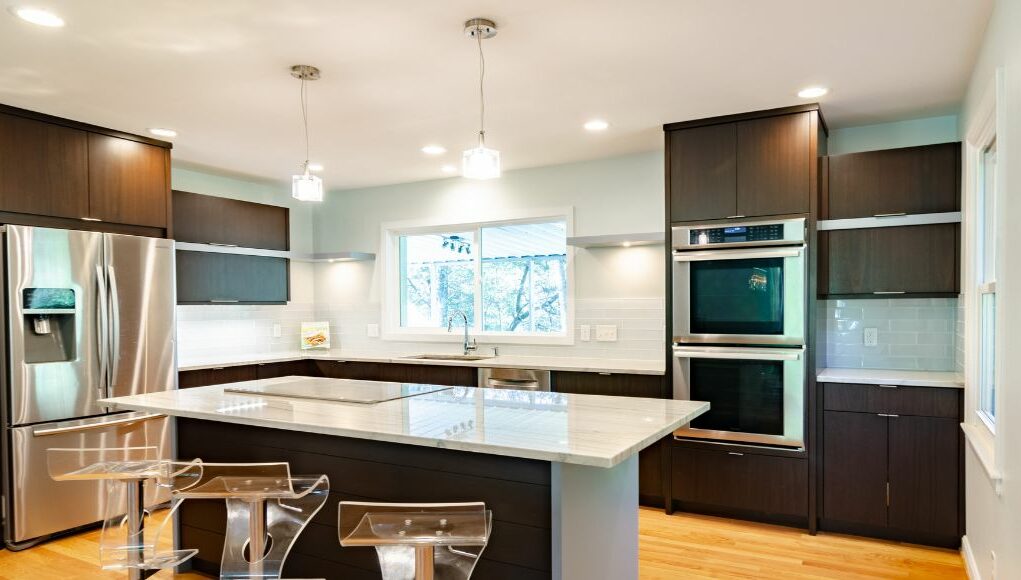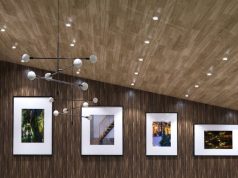Layered lighting is a technique that employs several lighting types to create a balanced and well-lit space. Because of the various illumination sources, the room becomes more alive, and its functionality and aesthetics improve.
Understanding Layered Lighting
You should never forget these three layers when layering lights: task, ambient, and accent lighting. Each layer has a specific role and is integral in creating a beautiful and functional lighting system.
Depending on the room, a certain lighting layer will appear more dominant. For the living room and bedroom, ambient lighting is given more attention as it can create a relaxing a serene mood. Alternatively, task lighting is given more priority for the kitchen and bathroom because those areas use lighting for functionality and efficiency.
To further understand the roles of each layer and how you can implement them in your space, here’s a closer look at each!
Layer 1: Ambient Lighting
Ambient lighting is the base layer that ties together all the other illumination sources. It’s also called general lighting, utilised to brighten an entire space and make seeing more comfortable.
Most designers would base their decisions on the room’s components like structure and size, purpose and aesthetic when arranging ambient lighting. These factors will also indicate the type of fixtures you’ll need. Natural white light is typically used for this layer, and overhead fixtures such as pendant lights, chandeliers, recessed downlights, panel lights and ceiling lights are used.
While ambient lighting provides general illumination, it’s not enough to fully brighten a room. Yes, you already have full visibility of the space, but stopping there will only make the room look bland. You need the other layers to give it vitality and improve its visual appeal!
Layer 2: Task Lighting
After arranging your ambient lighting, you can set up your task lighting. Task lighting is employed to highlight specific areas and eliminate glares, shadows, and other elements that may cause eye discomfort.
Because its main purpose is to provide more light, task lighting is typically seen illuminating workspaces like countertops, stove tops, reading nooks, and offices. Fixtures mainly used for task lighting are table lamps, floor lamps, desk lamps, cabinet lights, wall lights, and bathroom vanity lights.
When arranging your task lighting, analyse the room’s primary purpose. Say you’re setting up the task lighting for your home office. Since its primary function is for work, the room’s main focus is the desk. With that in mind, you can then consider how much illumination you should put in that area.
With task lighting and ambient lighting, the room becomes more accessible and functional.
Layer 3: Accent Lighting
If your personality and style cannot shine through when setting your ambient and task lighting, this layer will enable you to do so! Accent lighting focuses on decoration and styling. It highlights decors, architectural structures, furniture, artwork, and other ornamentations. It’s a subjective layer, allowing you to customise it to suit your preference freely.
Lighting fixtures used for ambient lighting are track lights, wall scones, LED tape, and rope lights. You can also utilise accent lighting to brighten areas that ambient lighting cannot reach!
Balancing Light Sources and Fixtures
Now that you know the different layers that come into play, it’s time to understand how to balance it out. As mentioned before, depending on the room’s purpose, one layer might become more dominant. Nonetheless, finding a middle ground to blend the layers would be best.
When selecting fixtures, you must consider the styles, finishes and colour temperatures. You want to layer the lights, not segment the space. Ensure they complement each other, even if one is installed on the ceiling and wall or placed on top of a desk or under the shelves.
You can also consider adding dimmers and opt for more advanced lighting controls to adjust the light’s intensity. That way, you’ll have it easier to fine-tune every layer together!
Lighting Specific Areas
Some rooms are used for relaxation, while others are focused on work. Because of that, what you do for one room will differ for another. Consider using warmer ambient lighting for the living room and bedroom to create a cosier atmosphere. Then add hints of task lighting by placing natural white or cool white floor lamps or putting table lamps on your nightstands.

For the kitchen, consider using a natural white for ambient lighting and intensify the illumination in areas where you prepare food. You can put cool white or natural white under-cabinet lights to light countertops and install a colour temperature-adjustable pendant light over the kitchen island. Add warm white strip lights over your wall cabinets to give the room warmth, and install warm white plinth lights onto the kickboards.
Conclusion
When layering lighting, remember that you need to have ambient, task, and accent lighting. Each layer should complement each other, and you must coordinate the fixtures to ensure everything is cohesive. Layering lighting does more than just illumination; it also elevates the visual appeal and improves the functionality of a room!
Consider using this technique in your home, and you’ll see how much difference it can do compared to when using a single overhead lighting. After you’re done planning and are now ready to start shopping, visit our website, Simple Lighting! Our extensive selection of indoor, outdoor, and commercial lighting solutions will enable you to design the perfect layered lighting!














